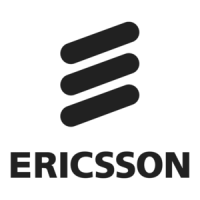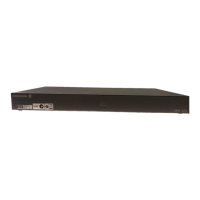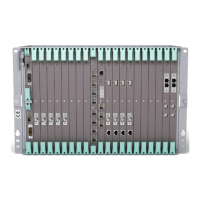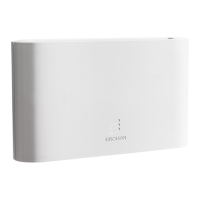Do you have a question about the Ericsson Baseband 6620 and is the answer not in the manual?
Lists key functionalities including NR, LTE, WCDMA, GSM, NB-IoT, Elastic RAN, Mixed Mode, and backhaul cascading.
Explains the role of Baseband 6620/6630 in switching, traffic management, timing, processing, and radio interfacing.
Lists available variants (Baseband 6620, Baseband 6630) and supported software versions.
Details values for normal operating environment like temperature, humidity, and temperature change.
Specifies the power supply voltage (-48 V DC) and requirements.
Details typical and maximum power consumption values for Baseband 6620 and 6630 at different temperatures and traffic loads.
Lists market requirements like EC, North America, and CE-mark labeling for compliance.
States compliance with EN 50581 (RoHS) for Europe.
Lists product safety standards and directives like IEC 60 529 (IP20) and IEC 62368-1.
Lists Electromagnetic Compatibility (EMC) standards like 3GPP TS37.113, ETSI EN, and FCC CFR.
Lists radio standards like 3GPP TS37.141 and ETSI EN for radio compliance.
Details product markings for legal compliance like CE mark, WEEE, usETL/cETL, FCC, IC, and China logo.
Outlines maintenance for a 10-year technical lifetime, including fan replacement and air intake inspection.
States adherence to Ericsson's Serviceability and Spare Part Strategy.
Refers to separate information for product transportation and storage.
| Category | Network Hardware |
|---|---|
| Type | Baseband Unit |
| Manufacturer | Ericsson |
| Frequency Bands | Dependent on configuration |
| Max Capacity | Dependent on configuration |
| Power Consumption | Dependent on configuration |
| Technology | LTE |
| Capacity | Dependent on configuration |
| Compatibility | Ericsson Radio System |
| Interface | CPRI, eCPRI |
| Processing Capacity | Dependent on configuration |
| Mounting | Rack mountable |










